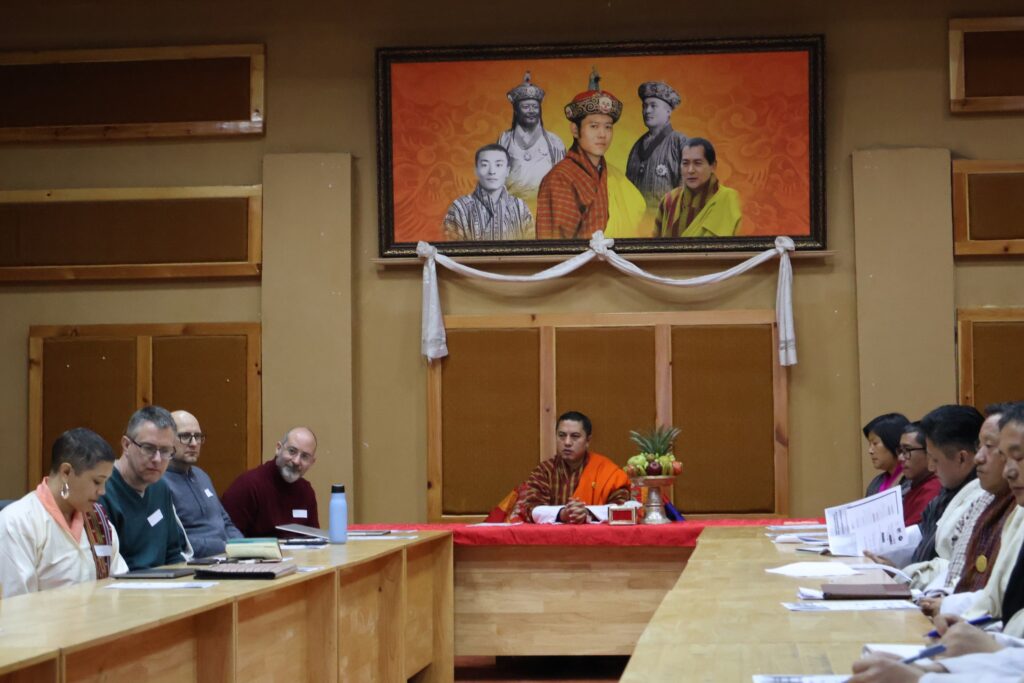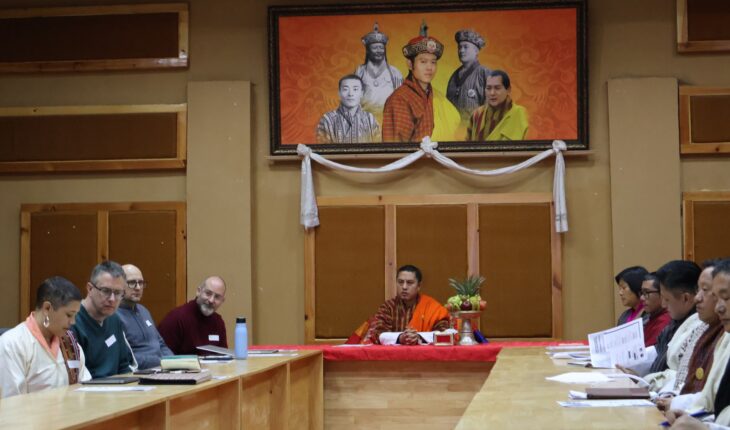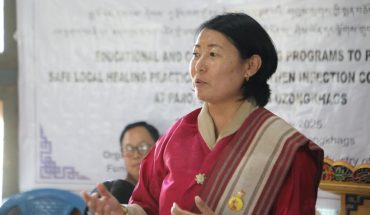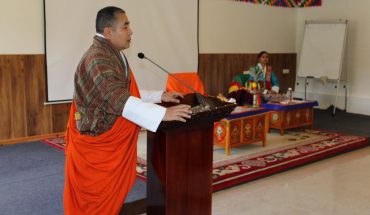
RENUKA RAI
Thimphu
In a groundbreaking step towards heritage conservation, the Museum Division under the Department of Culture and Dzongkha Development (DCDD), Ministry of Home Affairs, has introduced advanced scientific techniques to preserve Bhutanese cultural artifacts.
The initiative, aimed at integrating cutting-edge technology with traditional conservation practices, seeks to ensure the longevity of the country’s rich cultural heritage.
The Heritage Science for Conservation in Bhutan workshop, held from March 11 to 24 under the Hidden in Plain Sight (HiPS) project, was at the heart of this effort. It was organized in collaboration with Queen Mary University of London and the University of Cambridge, and funded by an impact grant from Queen Mary University.
The program was designed to equip Bhutanese museum professionals and conservators with scientific methods for sustainable and precise artifact preservation.
The workshop’s inaugural ceremony, held on March 12 at the Conference Hall of the DCDD in Kawajangsa, Thimphu, was graced by the Home Minister as the Chief Guest. The event began with a traditional Marchang ceremony, followed by an introduction from Dr. Ayesha Fuentes.
For years, museums in the country primarily relied on conventional conservation methods. While effective, these traditional methods lacked the precision offered by modern scientific techniques, particularly when it came to analyzing and preserving artifacts without risking damage.
The introduction of heritage science aimed to address this limitation by providing local conservators with sophisticated tools that offered in-depth analysis while preserving the integrity of cultural treasures.
The program introduced both non-invasive and invasive scientific methods to Bhutan’s conservation efforts. Non-invasive techniques, including X-ray fluorescence (XRF) spectroscopy and Raman and Fourier-transform infrared (FTIR) spectroscopy among others, allowed conservators to examine artifacts in detail without causing harm.
Where deeper analysis was required, invasive techniques like mass spectrometry and carbon-14 dating were employed to determine the composition and age of artifacts. The ability to conduct these analyses locally, rather than relying on international laboratories, represented a significant milestone in Bhutan’s heritage preservation efforts.
A critical aspect of the initiative was training Bhutanese museum professionals and conservators, ensuring they gained the necessary expertise to independently manage and conserve Bhutan’s heritage collections.
By fostering local expertise, the initiative aims to reduce its reliance on external specialists and build a sustainable model for conservation. The training was also open to cultural agencies and students, encouraging broader dissemination of knowledge and skills.
The impact grant from Queen Mary University of London’s HiPS project covered the workshop’s costs, travel, and logistics for the international team of experts. Additionally, it included a substantial investment in heritage imaging equipment, which was donated to the Museum Division, DCDD.
The equipment package included laptops with image-processing software, digital cameras with tripods and interchangeable lenses, USB-connected digital microscopes, UV torches, and specialized lighting equipment. These tools is expected to enhance conservators’ capabilities in conducting high-quality imaging and analysis.
Bhutan’s extensive collection of over 5,000 artifacts and its numerous heritage sites stands to benefit greatly from these advancements. Manuscripts and paintings were examined using multispectral imaging and X-ray fluorescence to detect pigments and signs of degradation without physical interference.
Museums like the Textile Museum in Thimphu leveraged FTIR spectroscopy and digital microscopes to analyze fabric dyes and fibers, leading to more effective conservation strategies. Additionally, 3D scanning and structural analysis were employed to monitor the stability of ancient structures, preserving our cultural landmarks for future generations.
The Heritage Science for Conservation in Bhutan program is expected to shape new conservation policies and guidelines while promoting local expertise. Collaborations with renowned institutions like Queen Mary University of London and the University of Cambridge is anticipated to pave way for future research partnerships and academic exchanges.
As the initiative unfolded, its impact is expected to extend beyond museums, influencing research, education, and public engagement, while also enhancing Bhutan’s reputation in heritage conservation.





